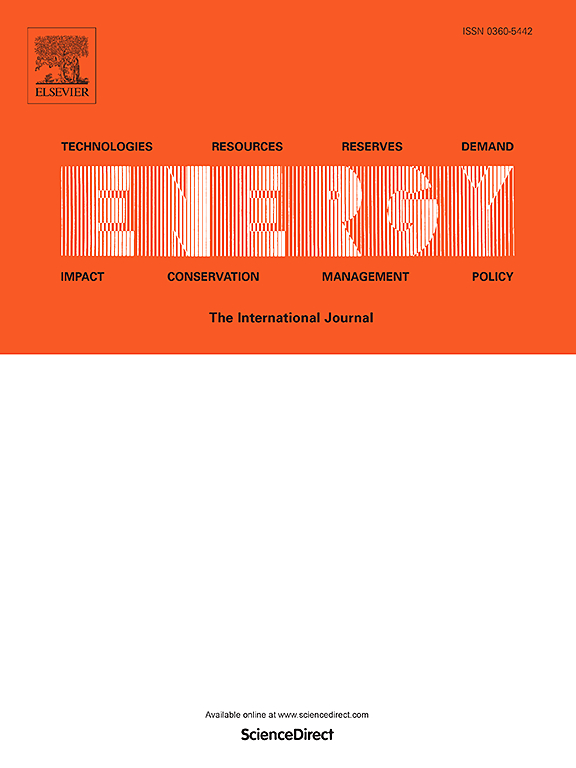Identifying roles of a cleaner energy consumption structure in industrial green transformation: A multi-dimensional perspective considering spatial spillovers and transmission mechanisms
IF 9
1区 工程技术
Q1 ENERGY & FUELS
引用次数: 0
Abstract
Investigating the implications of advancing towards a cleaner energy consumption structure (ECS) that prioritizes the use of clean energy is crucial in China's efforts to mitigate pollutant emissions and bolster green productivity, particularly in the context of industrial green transformation (IGT). Regrettably, the intricate nexus between ECS optimization and IGT has frequently been neglected. To address this, our research integrates ECS, energy price, industrial structure, technological progress, and IGT into a unified research framework, thereby quantitatively exploring the influence of ECS optimization on IGT. Our empirical findings unveil positive spatial correlations among the relevant variables across China's provinces. Specifically, the spillover effects of IGT and the demonstration effects of clean energy strategies exert a beneficial external impact on the IGT in neighboring regions. While reducing coal consumption has a minimal impact compared to increasing primary electricity consumption, increasing natural gas consumption plays a notably more significant role in promoting IGT. Furthermore, ECS optimization can indirectly facilitate IGT by intensifying industrial R&D intensity and elevating the share of employment in clean industries. However, distorted energy prices may hinder the direct benefits of ECS optimization for promoting IGT. Notably, when industrial R&D intensity is considered, the relationship between ECS optimization and IGT exhibits a right-tailed U-shaped pattern. As energy price distortion decreases and industrial cleanliness improves, the positive impact on IGT becomes increasingly evident. An important finding is that the ratio of employment in clean industries to those in polluting industries must exceed a critical value of 1.5834 to achieve significant gains.
求助全文
约1分钟内获得全文
求助全文
来源期刊

Energy
工程技术-能源与燃料
CiteScore
15.30
自引率
14.40%
发文量
0
审稿时长
14.2 weeks
期刊介绍:
Energy is a multidisciplinary, international journal that publishes research and analysis in the field of energy engineering. Our aim is to become a leading peer-reviewed platform and a trusted source of information for energy-related topics.
The journal covers a range of areas including mechanical engineering, thermal sciences, and energy analysis. We are particularly interested in research on energy modelling, prediction, integrated energy systems, planning, and management.
Additionally, we welcome papers on energy conservation, efficiency, biomass and bioenergy, renewable energy, electricity supply and demand, energy storage, buildings, and economic and policy issues. These topics should align with our broader multidisciplinary focus.
 求助内容:
求助内容: 应助结果提醒方式:
应助结果提醒方式:


